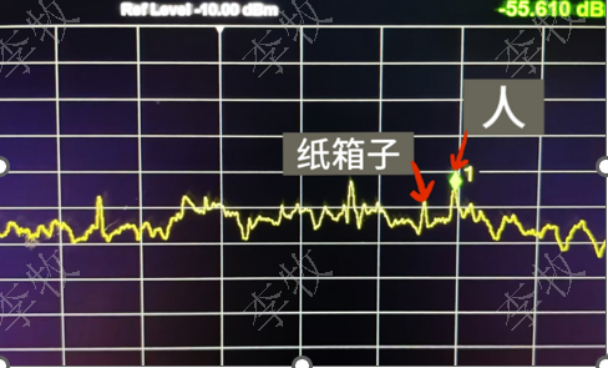To address the challenge of the lack of commercial chips and solutions for the 94GHz millimeter-wave radio frequency (RF) link, Nanjing Milliway Microelectronics Technology Co., Ltd. ("Milliway") has launched an industry-leading 94GHz millimeter-wave RF front-end solution. This solution provides a complete RF front-end solution and development kit covering frequency synthesizers, transceiver circuits, and antennas. Boasting ultra-long detection range and ultra-high detection sensitivity, it is applicable to high-end industries and applications such as traffic radars, airport runway foreign object detection, and high-precision radar level gauges. It significantly shortens the development time for customers in the 94GHz millimeter-wave RF link and achieves a breakthrough in commercial chips and solutions for the 94GHz frequency band.
The updated People's Republic of China Radio Frequency Allocation Regulations (Order No. 62 of the Ministry of Industry and Information Technology) (hereinafter referred to as the "Allocation Regulations") has been officially implemented. The Allocation Regulations include a new revision that "explicitly designates the 79-81GHz frequency band for radio positioning services, with priority given to automotive radar applications". This revision will undoubtedly have extremely important and far-reaching impacts on the future development direction of traffic radar products.
Currently, road traffic radars available on the market are mainly categorized into three types: bayonet speed measurement and capture radars, traffic flow investigation radars (installed on road sides, with beam direction perpendicular to the road), and traffic wide-area radars. These radar products are mainly concentrated in two frequency bands: 24GHz and 80GHz. With the official implementation of the Allocation Regulations, roadside wide-area millimeter-wave radars are faced with a choice: to "move up" to the 93-95GHz frequency band or "move down" to below 24GHz.
Although radar products operating in the 24GHz frequency band have advantages such as mature solutions, a wide range of products, and easy switching, they also have many drawbacks. For instance, they require a large antenna array to achieve the same angular resolution; their wide-area performance (for distances of 200 meters or more) is restricted by the 250MHz bandwidth and 20mW (e.i.r.p) power, which impairs positioning accuracy and detection range; and there are issues in signal control and vehicle-road coordination. Therefore, they face significant technical challenges in the application of roadside wide-area millimeter-wave radars.
The 94GHz frequency band is favored by industry experts and national authorities because its relatively high frequency enables higher resolution and more accurate measurement results. Meanwhile, since this frequency band has not been widely used yet, it suffers from relatively low interference. However, the 94GHz frequency band still faces many challenges from technology to practical implementation—for example, the lack of commercially available chips and related solutions.
In active response to the Allocation Regulations, the 94GHz millimeter-wave RF front-end solution developed by Milliway this time will provide a complete 94GHz millimeter-wave RF front-end for customers in industries such as roadside radars, airport runway foreign object detection, and millimeter-wave level gauges. It can help customers shorten the R&D time of RF front-ends and quickly develop high-quality, reliable, and high-performance products.
-
- Module Size: <120mm × 90mm × 104mm (Length × Width × Height)
- High Output Power: 15dBm @Min.
- High Antenna Gain: 28dBi @Typ.
- High Antenna Isolation: 60dB @Min.
- High Receiving Sensitivity: ≥160M @0.01㎡
- High Reliability: Adaptable to all-weather outdoor conditions
- Scanning Waveform: Reconfigurable and adjustable according to customer requirement
(Schematic Diagram of Solution Evaluation)
When the carton was moved forward, moved backward, removed, or thrown into the designated area, corresponding changes were observed in the frequency spectrum.

(Measured Frequency Spectrum Response)









